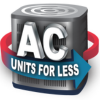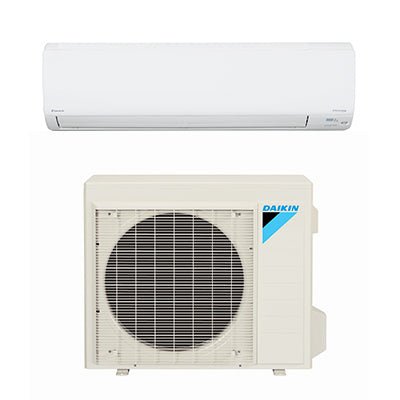Several factors contribute to the higher price tag of Daikin mini-split systems compared to some competitors:
Brand Reputation & Quality: Daikin enjoys a well-established reputation for superior quality, reliability, and innovation in the HVAC industry. They invest heavily in research and development, resulting in advanced features and technologies not found in all brands. This premium quality comes at a price.
Manufacturing & Components: Unlike many companies, Daikin designs and manufactures many key components like compressors and refrigerants in-house. This vertical integration allows for stricter quality control but also contributes to higher production costs.
Advanced Features & Efficiency: Daikin mini-splits often boast cutting-edge features like inverter technology, whisper-quiet operation, and high SEER ratings, leading to greater energy efficiency but also a higher initial investment.
Longer Warranties: Daikin offers some of the longest and most comprehensive warranties in the industry, reflecting their confidence in their products and potentially contributing to the initial cost.
Brand Recognition & Demand: As a leading brand, Daikin products benefit from strong brand recognition and higher demand, which can influence pricing strategies.
However, it's important to consider the long-term value proposition when comparing Daikin to other brands. Their higher initial cost may be offset by:
- Lower energy bills: Due to their superior efficiency.
- Reduced maintenance costs: Thanks to their reliable build quality.
- Longer lifespan: Potentially lasting longer than other brands.
- Enhanced comfort: With features like quieter operation and inverter technology.
Ultimately, the decision of whether Daikin's premium price tag is justified depends on your individual priorities and budget. Carefully consider your needs, compare features and efficiency ratings, and factor in potential long-term savings before making a decision.


